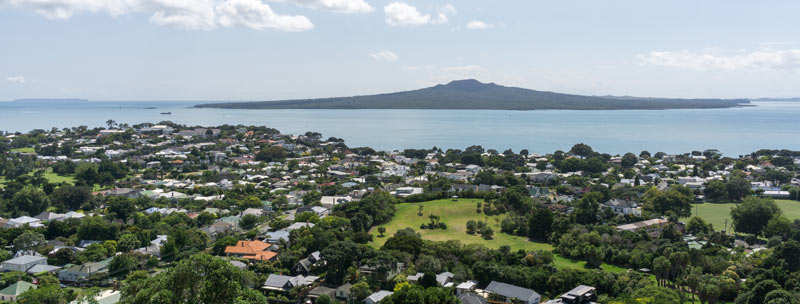Finally, after years of double-digit price increases, Auckland's house price inflation began to cool through October and November and is expected to remain cool through the summer, unlike much of the rest of the country.
The twin-pronged attack on Auckland announced by the Reserve Bank and Government in May took more than six months to take effect, but the first statistical evidence emerged in early December of a slowdown in housing market activity.
Real estate agents also cited tougher capital controls in China after a currency slump there in August and the destabilizing effects of new IRD reporting rules on non-residents as factors in the slowdown in activity and a drop in auction clearance rates from over 80% to under 50%.
But the warmth is still radiating in housing markets outside of Auckland, in part due to the new Reserve Bank measures that took effect in November. The restriction on loaning more than 70% of a property's value to Auckland rental property investors encouraged many to look further afield and leverage up their Auckland gains in other cities. The Reserve Bank's less-publicised decision to loosen its 'speed limit' on high LVR borrowing outside of Auckland to 15% from 10% has perked up activity in the likes of Hamilton, Tauranga, Wellington and Dunedin.
But the jury is still out on whether Auckland's slowdown in house sales and the apparent plateauing of prices will last deep into 2016. The Reserve Bank has said it wants to wait until seeing the figures for February before making a judgement, and many real estate agents and solicitors are saying it's too early to say if the cooling will extend beyond the summer. They say overseas buyers will adjust their arrangements to comply with the new reporting rules and they also point out the new housing supply being built in Auckland is still less than two thirds of that needed to match new migration.
Over 120 new migrants arrived in Auckland every day in the second half of 2015, while new houses were only being built to house around 80 a day, and that's before reducing the existing shortfall of 25,000 houses.
Meanwhile, interest rates remain low and big bank advertised rates could fall below 4% early next year if the Reserve Bank is forced to cut the Official Cash Rate again. The Reserve Bank forecast in its December 10 Monetary Policy Statement the OCR would stay at 2.5% until at least the end of 2018, which is extraordinary when you consider that would mean it has been there for almost all of a decade since it was cut to that level in June 2009.
The Reserve Bank was criticized for not forecasting lower rates, given inflation remains well below its 1-3% target band and it actually further lowered its inflation forecast track in its December 10 statement. ASB and Westpac are forecasting it will have to cut the OCR to 2% in 2016 to account for lower domestic and global inflation pressures as real GDP growth per capita remains very weak, the New Zealand dollar remains stubbornly higher than expected and oil prices have crashed to fresh nine-year lows.
However, the economy is not falling in a hole. Tourism spending is expected to hit record highs over the summer as new direct flights arrive from Asia and America, record numbers of cruise ships visit and the currency is substantially lower than it was through most of 2014 and early 2015. Education exports and the local services sectors also remain robust. The dairy industry remains in the doldrums, but wine, horticulture and the sheep and beef sectors are in fine fettle as demand from the Asia Pacific is solid with a more fairly valued currency.
The bottom line:
- Auckland's housing market cooled in October and November and is set for a subdued summer. Markets outside of Auckland are heating up as Auckland investors spread their wings and interest rates remain low.
- The Reserve Bank cut the Official Cash Rate to 2.5% on December 10 and expects it to remain there until 2019, although some economists expect it will be forced to cut again next year, which would drive fixed mortgage rates under 4%.
- The economy is growing at an annual rate of around 2%, due to strong net migration, tourism spending and construction spending in Auckland. Inflation is weak and is not expected to rise much in 2016 and 2017.
By Bernard Hickey



